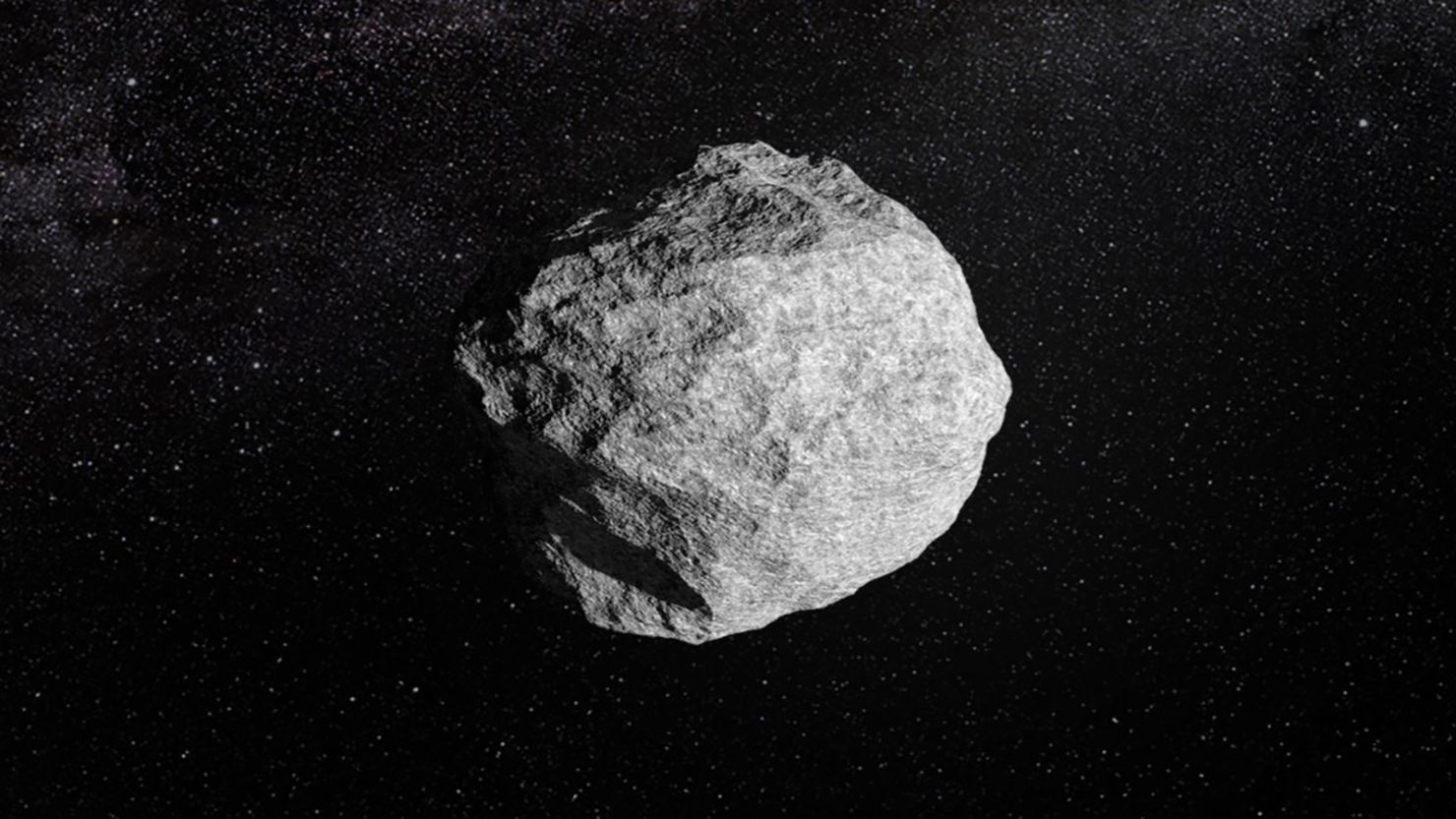NASA’s New Asteroid Warning Has People Worried

NASA has recently updated its assessment of asteroid 2024 YR4, indicating a higher chance of Earth impact than previously estimated. This asteroid, measuring between 130 and 300 feet wide, is currently projected to have a 3.1% probability of colliding with Earth on December 22, 2032.
If such an impact were to occur, the energy released could be equivalent to approximately eight megatons of TNT, potentially causing significant damage over a wide area. The possible impact zones span from the eastern Pacific Ocean, across northern South America, the Atlantic Ocean, parts of Africa, the Arabian Sea, to southern Asia. Major cities like Bogotá, Lagos, and Mumbai fall within this range, putting millions at potential risk.
The asteroid was first detected on December 27, 2024, by the Asteroid Terrestrial-impact Last Alert System (ATLAS) in Chile. Initial calculations estimated a 1.2% chance of impact, but subsequent observations have increased this probability. Despite the current 97.7% likelihood that 2024 YR4 will miss Earth, the elevated risk has prompted intensified monitoring and analysis.
To refine the asteroid’s trajectory and size estimates, astronomers worldwide are conducting continuous observations. The James Webb Space Telescope is scheduled to observe 2024 YR4 in March 2025, providing more detailed data. These efforts aim to reduce uncertainties and determine whether the asteroid poses a real threat.
In the event that the asteroid’s path remains a concern, several mitigation strategies are under consideration. One approach involves deploying a spacecraft to collide with the asteroid, altering its course—a method successfully tested by NASA’s Double Asteroid Redirection Test (DART) mission in 2022. Another possibility is using a gravity tractor, where a spacecraft’s gravitational pull slowly shifts the asteroid’s trajectory. More extreme measures, such as detonating a nuclear device near the asteroid, have been discussed but face significant technical and legal challenges.
It’s important to note that as more data is collected, the estimated probability of impact may change. Historically, similar asteroids have seen their impact probabilities decrease with additional observations. Therefore, while the current assessment warrants attention, it is not a cause for immediate alarm. NASA and other space agencies continue to monitor the situation closely, ensuring that any necessary actions can be taken well in advance.
In summary, asteroid 2024 YR4 presents a higher-than-usual risk of Earth impact, but ongoing efforts by the global scientific community aim to refine its trajectory and develop potential deflection strategies if needed. Staying informed through official channels will provide the most accurate and up-to-date information regarding this celestial object.
